If you take a walk around the historical center of the city of Ghent in Belgium, then you’ll come across one of the most amazing medieval castles in Europe.
In this post, we’ll take a closer look at some interesting facts about the Gravensteen, a castle in Belgium, and a historic building in Ghent with a fascinating and extended history!
1. It’s located right in the historical heart of Ghent
The city of Ghent is located in the province of East Flanders in the western part of Belgium. It’s the third-largest city in the country by size and has an incredibly rich history.
This is reflected by the 3 medieval structures that dominate the city’s skyline. These are the Saint Bavo Cathedral, which featured the famous Ghent Altarpiece painted by the brothers Hubert and Jan van Eyck, the Belfry of Ghent, and the Saint Nicholas Church.
Just north of these remarkable landmarks, we can find the Gravensteen, an equally impressive medieval landmark in the city.

2. The original castle on the site dates back to the 10th century
The location of the castle is a strategic area between 2 branches of the Lys or Leie River which formed a natural defense of the castle grounds. This was recognized in the 10th century by Arnulf I (890-965), the first Count of Flanders.
He built the original castle here which was constructed with wood and subsequently expanded to become a motte-and-bailey castle, a popular type of castle in this period.
This wooden structure eventually burned down in the year 1176 after which it was replaced with a stone fortification.
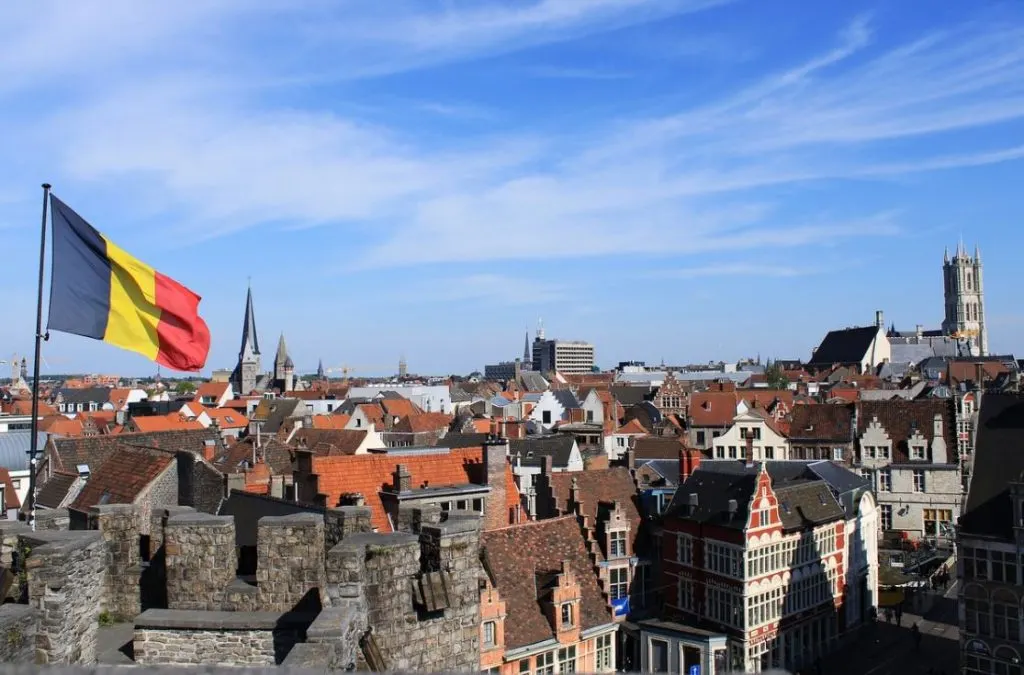
3. The current castle dates back to the year 1180
The first stone castle on the site was built in the year 1180 by Philip I, also known as “Philip of Alsace” (1143-1191), a man who elevated the economy of Flanders during his reign.

He participated in two Crusades (one most certainly has to do with the other) and eventually died in the Holy Land of disease. It’s assumed that during his trips abroad he became inspired by several castles he came across along the way and which served as the model of the Gravensteen in Ghent.
The inscription above the entrance gate of the castle reads:
Anno incarnationis MCLXXX Philippus Comes Flandrie et Viromandie filius Thirici comitis et Cibilie fecit hoc castellum componi.
Dedication stone inscription.
The initial part translates to: “In the year 1180, Philip, Count of Flanders, established this castle.”

4. The name of the castle refers to its original purpose
The name of the castle “Gravensteen,” literally translates from Dutch into “Counts” (Graven) and “Stone” (Steen). Steen refers to a stone fortification or castle, so this becomes “Castle of the Counts.”
This was also the original purpose of the castle because it served as the main residence of the Counts of Flanders between 1180 and 1353.

5. The castle has a moat and a distinctive defensive wall
The “burghers of Ghent,” the most notable citizens in medieval towns in northern Europe, didn’t always agree with the Counts of Flanders. That’s why Philip I initially built such an impressive stone fortification as he was forced to establish and increase his authority in the city.
The castle served as a citadel within the city and is partially surrounded by a protective moat, a defensive ring fed by the Leie River. It features a huge central keep and incorporates several rooms which served as residences and administrative offices.
The exterior wall of the castle features 24 bartizans, and small overhanging turrets. In combination with the moat, these medieval defensive features create a remarkable sight in the city center of Ghent!
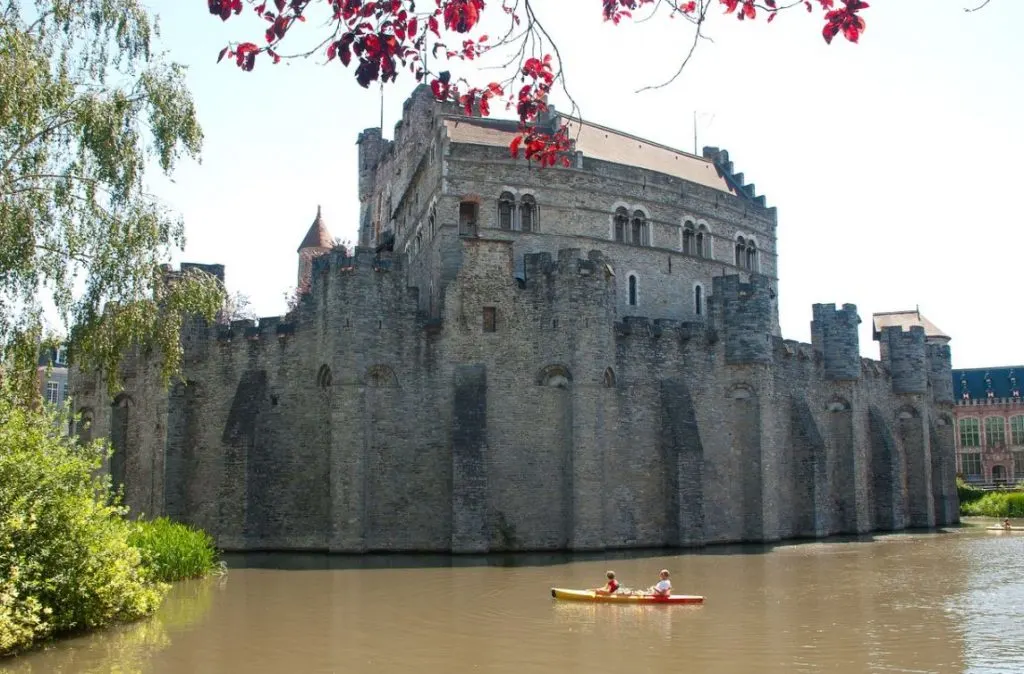
6. The Counts of Flanders moved out of the castle in the year 1353
Even though the castle looks pretty impressive today, the conditions inside the castle were far from ideal to live in. That’s why the Counts eventually ended up moving to their new residence referred to as the “Prinsenhof” or “Hof ten Walle.”.
It was Louis II (1330-1384) or “Louis of Male” who decided it was time to move in 1353. This historic building was completely rebuilt by Philip the Good (1396–1467) and was the birthplace of Charles V, Holy Roman Emperor, in 1500.
Today, all that remains of this historic building in Ghent is the entrance gate.
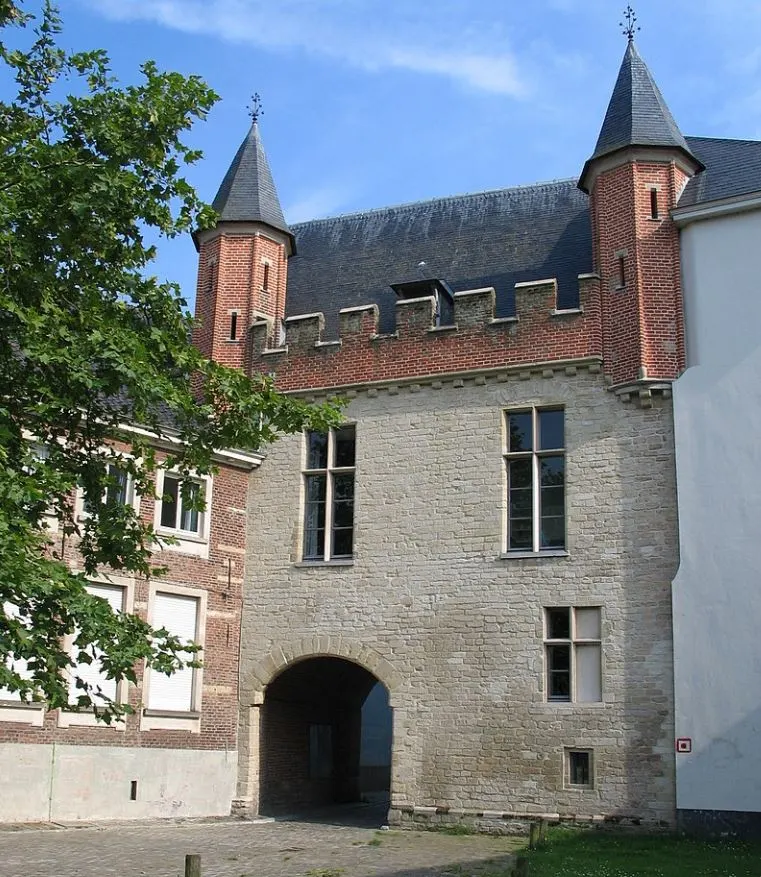
7. It had a completely different purpose until the 18th century
With the move of the Counts of Flanders to a new residence, the Gravensteen pretty much entered a decline. It was, however, used as the city’s mint between 1353 and 1491, and also served another purpose.
Until the 18th century, the city’s criminals were locked up inside this horrible prison. One can only imagine the horrors of having to stay in a completely dilapidated dungeon after passing through this medieval stone gatehouse!
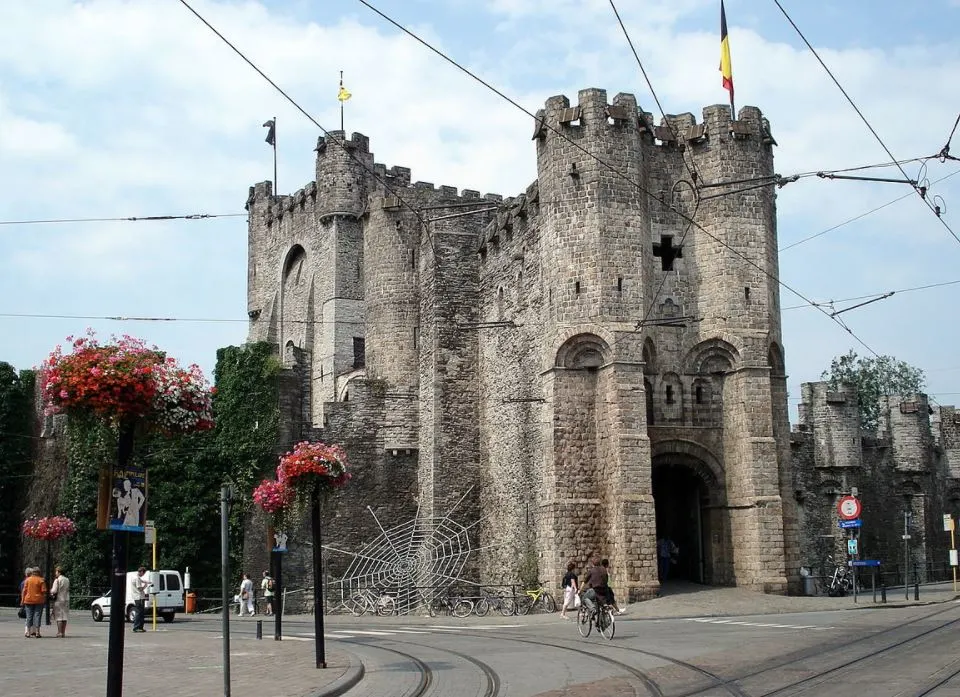
8. The building was almost demolished after serving as a factory
The Industrial Revolution, a period between 1760 and 1840, saw the purpose of the castle change once more. Spinning and weaving machinery was moved inside and the buildings of the castle served as a cotton mill during this period.
Just as with most other medieval structures, other buildings were built against the walls of the castle already. This means that the area looked quite a bit different than how the area surrounding the castle looks today.
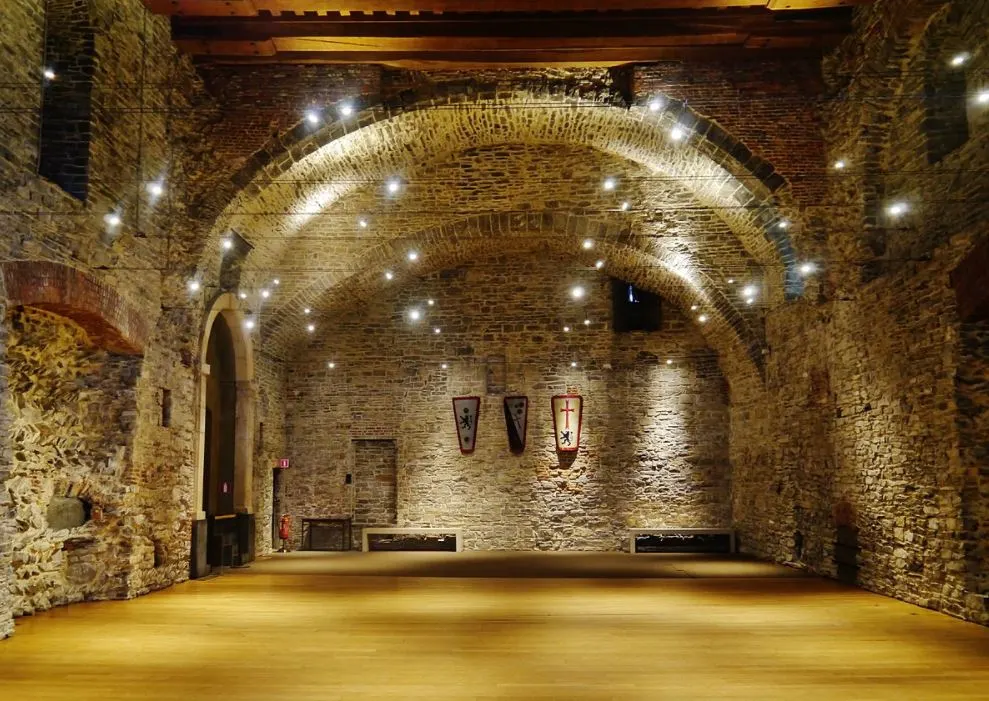
9. The restoration was modeled on the restorations in France
The castle was eventually bought by the city of Ghent and a thorough renovation project was started in the late 19th century. This renovation, which was completed between 1893 and 1907, returned the medieval castle to how it looked when it served as the residence of the Counts of Flanders during the Middle Ages.
The architect in charge of the project was Joseph de Waele and he modeled the work on the renowned French architect Eugène Viollet-le-Duc (1814-1879).
This man restored countless medieval structures in France during the 19th century, including but not limited to the Notre-Dame de Paris, the Mont Saint-Michel, and Sainte-Chapelle.
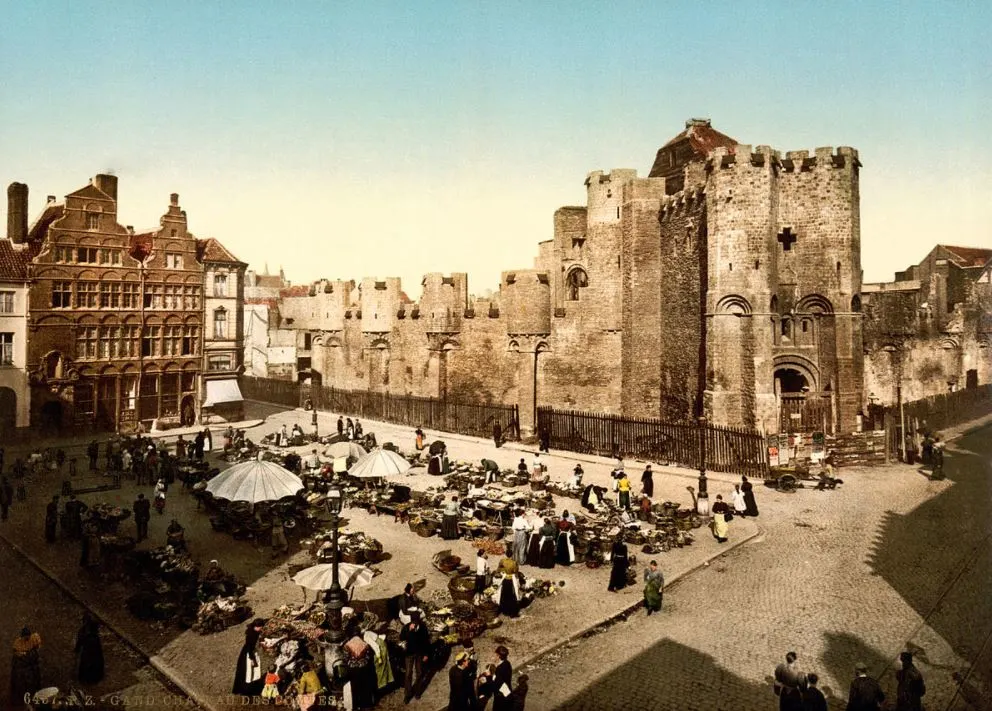
10. It was the centerpiece of a huge event in the year 1913
Ghent was the host of the World Fair of 1913, an event that put the city on the international map. The most notable building that was constructed for this event is the Gent-Sint-Pieters railway station.
The amazing Gravensteen served as the centerpiece of this huge event and today, it’s not only one of the most fascinating landmarks in the city but also serves as one of the most popular tourist attractions in Ghent.
It features a museum and allows you to go back in time and pretty much experience how life was during the Middle Ages, a pretty amazing experience!

